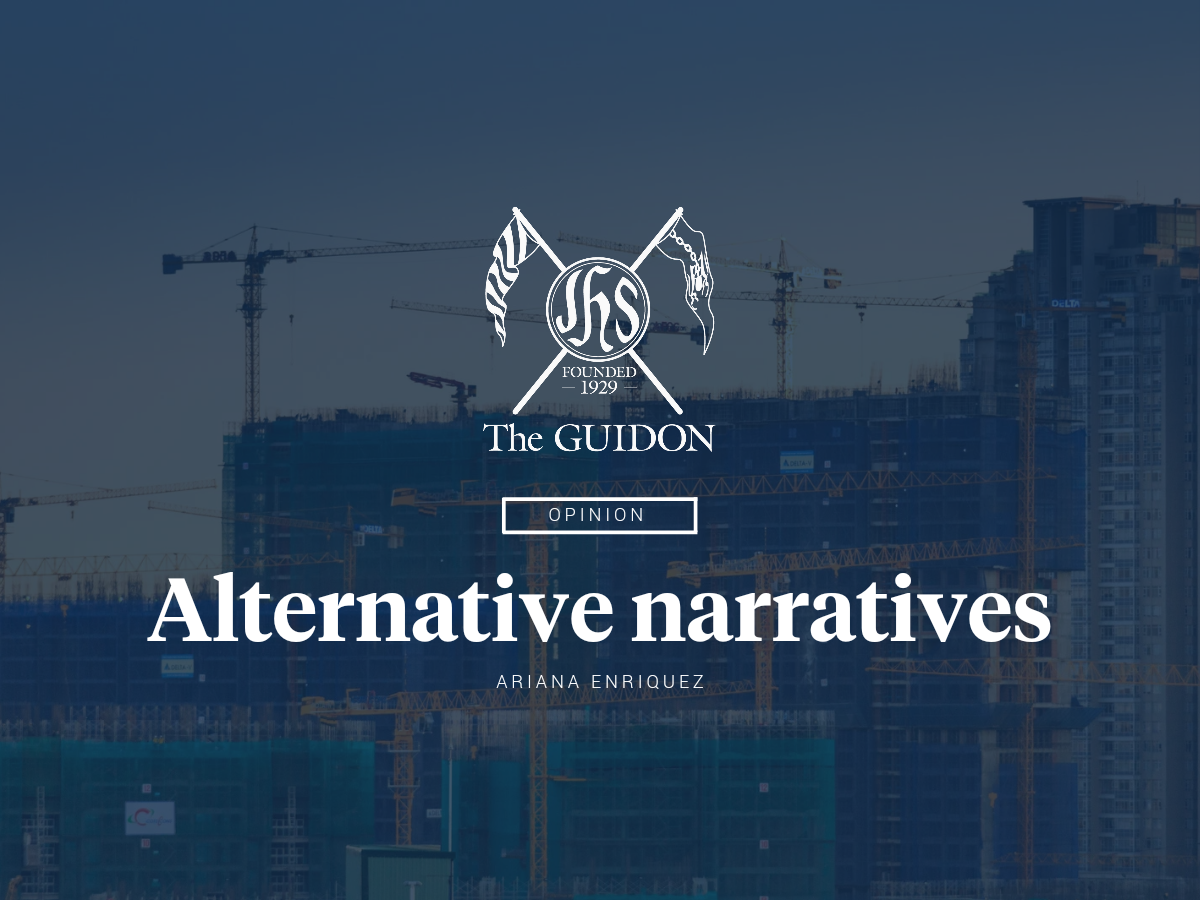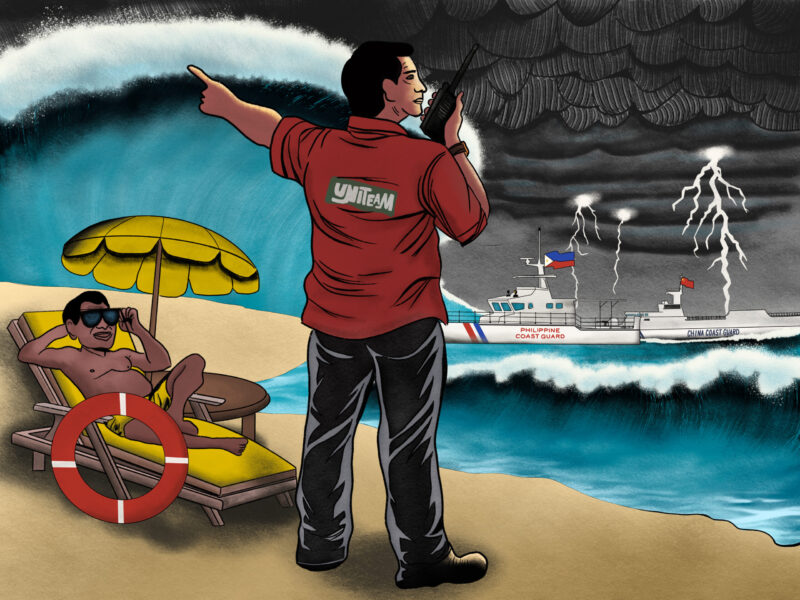UNLIKE METRO Manila, Zamboanga City does not have skyscrapers, 10-lane highways, skyways, trains, condominiums, and central business districts. Our city did not have an SM mall until 2020. One can imagine my shock at the concrete dystopian landscape of the arrivals bay of Ninoy Aquino International Airport.
During my last visit back to my hometown, I was appalled by the road widening and development projects scattered across the city. One of the highlights is the construction of the city’s first flyover as a “solution to the traffic problem.” For most people, concrete infrastructure illustrates the facade of development.
The dominant notion that infrastructure serves as the ultimate litmus test of development is manifested in politicians’ inclination to infrastructure projects, such as Rodrigo Duterte’s “Build, Build, Build,” and Ferdinand Marcos Jr.’s “Build Better More.” However, this homogenous and undoubtedly Western blueprint of development does not target the different inequalities pervasive and ubiquitous in Filipino society. This definition of development may even deepen entrenched systems of injustice and oppression.
Despite being the center of development in the country, Metro Manila is regarded as a commonplace of inequality. For instance, the juxtaposition of skyscrapers and slums tends to be more pronounced in highly urbanized cities. More often than not, vulnerable sectors such as the urban poor, indigenous people, and even the environment remain powerless in the face of such so-called development and the displacement it induces. This exclusionary trajectory demands a reevaluation of our “constructions” of development.
Zamboanga City is shaped by various contexts that may not exist in Metro Manila. In the case of Zamboanga City, development should be nuanced—concurrent with sustainable peace. Zamboanga City does not need to be a duplicate of Metro Manila in order to be deemed “developed.”
Boundless development for the few is not development. Instead of enforcing a top-down approach, institutions must enable individuals to pursue development however they define it. If an individual chooses to remain in the province, opportunities must be available to them by decentralizing resources from the Metro. However, we must also transcend the reliance on redistribution and empower communities to take the lead through capacity-building initiatives.
Development must be responsive to the unique needs of communities, ensuring that people are involved in discussions of matters that concern them. Social ills possess different economic, social, and political dimensions that demand holistic solutions. The role of institutions, then, is to establish policies that ensure services are not only accessible to everyone but also of quality.
Diversity is an inevitable and unavoidable reality of the contemporary world—imposing a single image of development undermines the diversity of local identities. Our idea of development must also respect personal and collective agency for diverse communities to create their own destinies.
We must deconstruct our dominant definition of development, bring it down from skyscrapers and skyways, and ground it to the everyday realities of Filipinos.
Ariana is a junior taking Bachelor of Science in Psychology and Minor in Sociology at the Ateneo de Manila University. Drawing the power of the social sciences and journalism in sparking social transformations, she hopes for an inclusive, participatory, and collaborative society.
Editor’s Note: The views and opinions expressed by the opinion writer do not necessarily state or reflect those of the publication.







